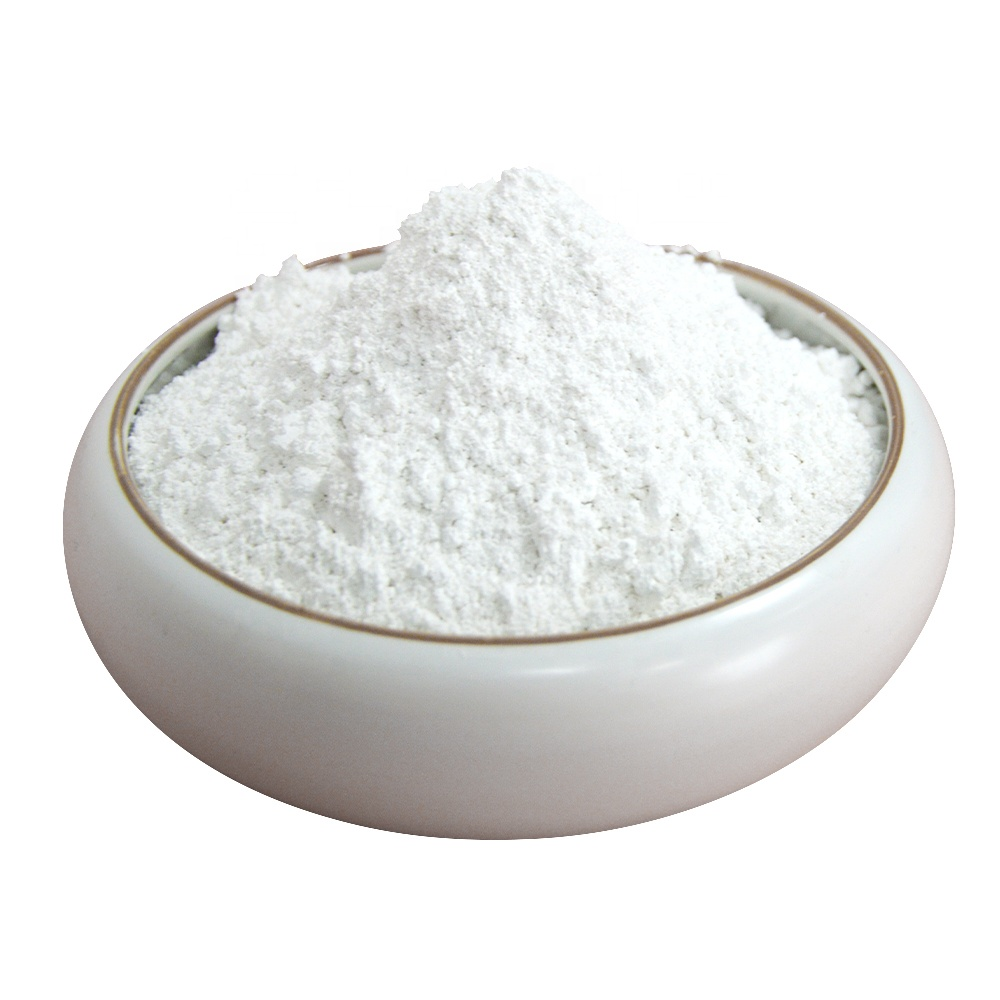Calcium carbonate is one of the most common minerals found on Earth, playing a crucial role in both nature and various industries. This mineral exists in various forms in different parts of the world, and it is widely used in construction, manufacturing, and even in our everyday lives. But where exactly is calcium carbonate found naturally? Let’s explore the sources and significance of this mineral.
Natural Sources of Calcium Carbonate
Calcium carbonate occurs naturally in many geological settings. It is primarily found in the earth’s crust in forms such as limestone, marble, and chalk. These forms are created over millions of years through the accumulation of calcium-rich organisms like shells and corals, as well as chemical reactions in the environment.
Limestone
One of the most abundant sources of calcium carbonate is limestone. Limestone is a sedimentary rock made of primarily calcium carbonate, often formed from the remains of marine organisms such as coral and mollusks. The accumulation of these organisms over time forms large deposits of limestone, which can be found in many regions around the world.
Limestone is not only important for the production of calcium carbonate powder but is also a significant material in construction and the production of cement. Over time, as limestone is weathered or exposed to high temperatures, it can transform into marble, another source of calcium carbonate.
Marble
Marble is a metamorphic rock that originates from limestone subjected to heat and pressure. The transformation process results in a denser and more durable form of calcium carbonate. Marble has been highly valued throughout history for its beauty and strength, making it a popular choice for sculptures and architectural applications.
Calcium carbonate found in marble has a higher purity than limestone, making it ideal for use in industries that require a more refined product. The mineral’s use in producing calcium carbonate powder is significant in manufacturing various products, from paints to pharmaceuticals.
Chalk
Another source of calcium carbonate is chalk, a soft, white, porous sedimentary rock. Chalk is primarily formed from the microscopic remains of marine organisms such as plankton. Like limestone, chalk is rich in calcium carbonate and is used in a variety of applications, particularly as a writing material or as a key ingredient in the production of certain types of cement.
Chalk deposits are most commonly found in areas that were once covered by ancient seas, and their use in classrooms around the world as blackboard chalk is a well-known application of this mineral.
Biological Sources of Calcium Carbonate
Apart from geological formations, calcium carbonate is also found in various living organisms. Marine life, particularly shellfish, corals, and certain types of plankton, produce calcium carbonate to form shells and skeletons. These shells, often made of calcium carbonate, can be found in vast quantities at the ocean floor.
The shells of mollusks, such as oysters and clams, contain calcium carbonate, which provides structural support and protection. Over time, these shells contribute to the formation of limestone deposits when they accumulate in certain areas.
Industrial Applications of Calcium Carbonate
Due to its natural abundance and versatile properties, calcium carbonate is used in a wide range of industries. It plays a vital role in the production of building materials like cement and concrete. Additionally, it is used in the manufacturing of products such as paper, paint, plastics, and even as a food additive in the form of a dietary supplement.
One of the most common industrial uses of calcium carbonate is in the production of calcium carbonate powder, which is employed in a variety of applications, including as a filler material in manufacturing processes.
Conclusion
Calcium carbonate is a mineral that is found in several natural forms, including limestone, marble, and chalk. It is also produced by many marine organisms, contributing to the natural accumulation of this valuable mineral. The presence of calcium carbonate in the earth’s crust and in living organisms highlights its importance in both the natural world and industrial applications. With its widespread availability, calcium carbonate continues to be an essential resource for various sectors.

